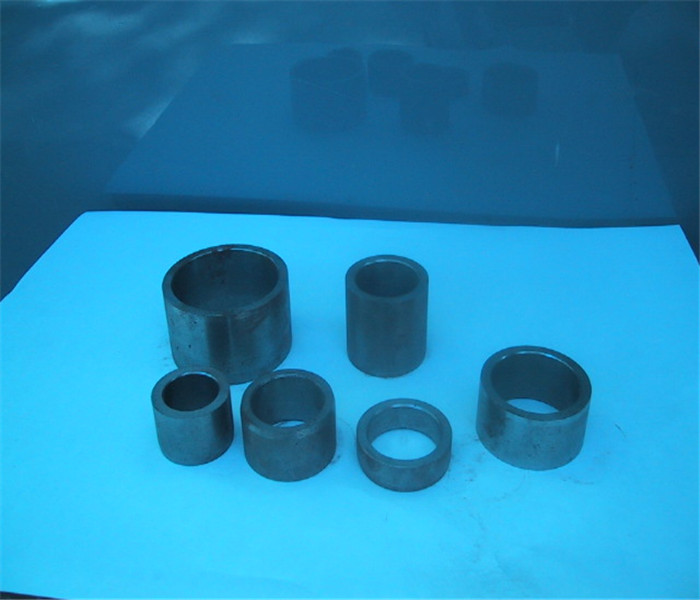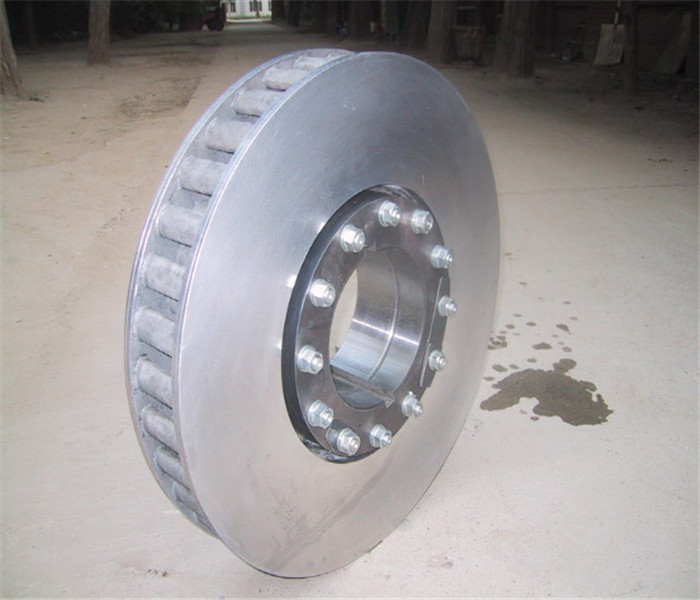Research&Subject
Institute of Railcar Materials and Intelligence Forming
There are 3 teachers in Institute of Railcar Materials and Intelligence Forming, including a professor, a senior engineer and a lecturer. Currently, there are 9 Ph.D. students and 9 graduate students. The institute devoted to research and development of new materials and new technology for rail vehicles for many years. The main research interests include metal materials of rail vehicles with excellent properties, key parts of the intelligence forming and micro-arc oxidation technology of light metal.

The institute has aluminum matrix composites preparation equipment, micro-arc oxidation ceramic coating preparation equipment, structure and material properties testing equipment for micro-arc oxidation ceramic film. In 2010, the institute set up the "Beijing Jiaotong University – ESI Group Joint Center of simulation technology". The software for modeling, structure design, forming process simulation are used for research and development of new materials and process on the high performance computing workstations.

The research and development work of new material and technology for key parts of China railway vehicle started from 1986. It has been over 20 years in researching and developing the technology of railway brake discs. In 1991, vermicular graphite cast iron brake disc was developed for the Guangzhou-Shenzhen quasi-high speed passenger car. This was the first application of vermicular graphite cast iron in the railway vehicle brake discs. In 2003, SiC particle reinforced aluminum matrix composite was developed and this material was used for axle-mounted brake disc. The related technologies was mastered and it is exclusive in China. In 2010, the forged alloy steel (ZDPH) brake disc was developed. The full scale dynamo braking test under variable pressure at a speed of 200 km/h was firstly performed in China.

In the aspect of material preparation and forming, we developed vacuum adjustable pressure casting technology, temperature testing technology during forming and the real-time detection technology during heat treatment process. In the aspect of virtual design and manufacturing technology, we established the numerical simulation platform to carry out the collaborative design of structure and process, the finite element analyzing method of brake discs, the design of brake discs, solidification process simulation, welding simulation, forging simulation, flow simulation, mold flow analysis, etc. In the aspect of surface treatment technology of light metal, we have developed the micro-arc oxidation technology of magnesium-aluminum-titanium alloy. Researches and studies have been made to improve the hardness, wear resistance, corrosion resistance, insulation resistance and biocompatibility of the MAO film.
The main research forms and technologies include:
l Research findings:
ü Vermicular graphite cast iron brake disc for speed increased passenger car;
ü Wheel and axle mounted brake disc for EMU using high-purity forged steel;
ü Axle mounted brake disc for freight car;
ü Aluminum-based matrix composites brake disc used for 200km/h railway car;
ü Steel 15 coupler for passenger railway car;
ü Austempered ductile iron bush;
Part of these research achievements is in the domestic leading level.
l Key technology:
ü Structural design, forming technology, heat capacity assessment and failure analysis of railway brake discs;
ü Preparation and forming technology of aluminum-based matrix composites;
ü Micro-alloyed steels and purification technology;
ü Surface modification of aluminum, magnesium and titanium using MAO;
ü Co-design of structure and process basing on numerical simulation.
l Industrialization and application:
ü Steel 15 coupler for passenger railway car and ADI bush has been widely used in China railway vehicles;
ü The institute has been steadily pushing forward the industrialization of brake discs which are made of forged steel and aluminum-based matrix composite;
ü Ceramic coating of titanium using MAO technology has gained good results in oil drilling technology.
Contact Us
|
Director |
Han Jianmin |
|
Tel |
010-51683300 |
|
Office |
Mechanical Experiment Building 209 |
|
|
jmhan@bjtu.edu.cn |









